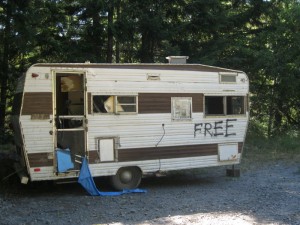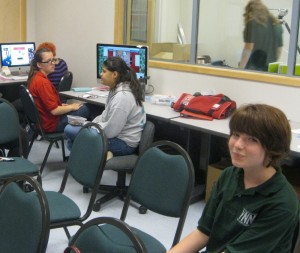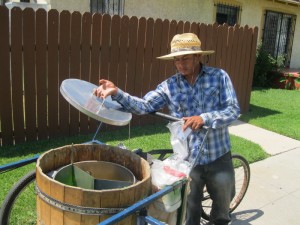
Dr. Stephen Hwang is a general internal medicine physician at St. Michael’s Hospital and researcher in its Centre for Research on Inner City Health. He wrote a new study assessing discrimination in doctors’ offices on socioeconomic status.
Family physicians’ offices in Toronto more frequently rebuffed people of low socio-economic status seeking first appointments, even when there is no economic incentive to do so, a new study found. All Canadians have universal, publicly-funded health insurance.
In 2011, researchers called nearly 400 family practice offices seeking a first appointment,
posing as either a newly-transferred bank employee or a welfare recipient. In both cases, the researchers told the receptionists that they had either no health problems or that they had diabetes or low back pain. The pseudo-bank workers were able to secure an appointment 23 percent of the time, compared with 14 percent for the lower-status pseudo-welfare recipient – 50 percent better odds of getting in for the higher status caller.
“This impairs access to primary care, and we don’t think this is acceptable,” said Dr. Stephen Hwang, a physician with St. Michael’s Hospital in Toronto in a statement.
The study was published online Monday in the Canadian Medical Association Journal.
In a Feb. 27 article in the Toronto Star by Theresa Boyle, Hwang was quoted as saying, “The most likely explanation is that people working in doctors’ offices may be unconsciously biased against people of low socioeconomic status.” He added that it was the physicians’ staff that demonstrated a reluctance to schedule lower-status patients, not the physician. So it could have reflected staff bias, or could have been due to the physician providing direction to staff on new patient acceptance, Hwang said.
“I’ve always been struck by the fact that many of my patients who are marginalized say that they have been treated poorly by health-care providers in the past, simply because of their position in society,” Hwang said in the article.
I’m posting this news on a Canadian study to cultivate more empathy for what happens to people lower on the socioeconomic ladder in the United States, where the reimbursements for their care is almost always lower than for wealthier patients given the hodgepodge of medical coverage options. I’ve heard first-hand peoples’ reluctance to schedule a visit to a doctor, because they fear being treated disrespectfully.
TAKEAWAY: This study is a wake-up call for doctors (and patients) to remain vigilant for hidden biases – which compromises treatment.
—
Boyle, Theresa. “Doctors appear more likely to take on wealthier patients, study finds,” Toronto Star, Feb. 27, 2013.

















